If we look at it carefully, the film revival was a logical step. After the return of vinyl LPs and more recently audio cassettes, film photography had to rise from the grave as well.
For a disruptive technology, digital photography was a long slow process. By the turn of the millennium, digital cameras were available to consumers. They were, however, slow, clunky and low resolution.
Film reigned supreme in 2000 but some 5 years later, it was a fading memory. Camera stores were closing, the number of one-hour processing labs declined steeply and virtually every manufacturer had stopped making film cameras. The writing was on the wall. Except it wasn’t.
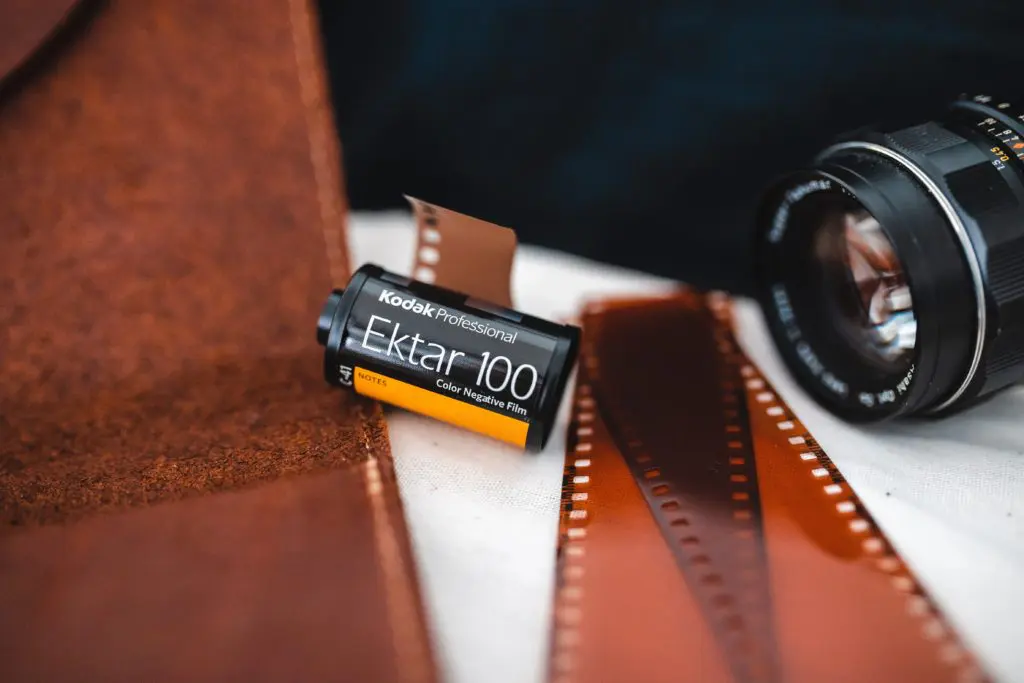
The Film Revival
Perhaps it’s a misnomer to call it the film revival. Film never truly went away. Deep into the digital era, commercial, landscape and architectural photographers would still shoot film. Its quality was significantly higher than digital equivalents. It wasn't until the second decade of the millennium that the high-end market embraced the digital world.
It was perhaps the availability of high-end film cameras that inspired enthusiast and digital-only photographers to dabble in film. There was a saturation of second-hand professional film cameras available. Hasselblad, Mamiya, Nikon F4 could be purchased for less than the price of a budget DSLR.
The film manufacturers were slowly winding down their mass production but there was still plenty of film to be bought. Also, shooting film was a great photography teacher. So what happened to the big film revival?
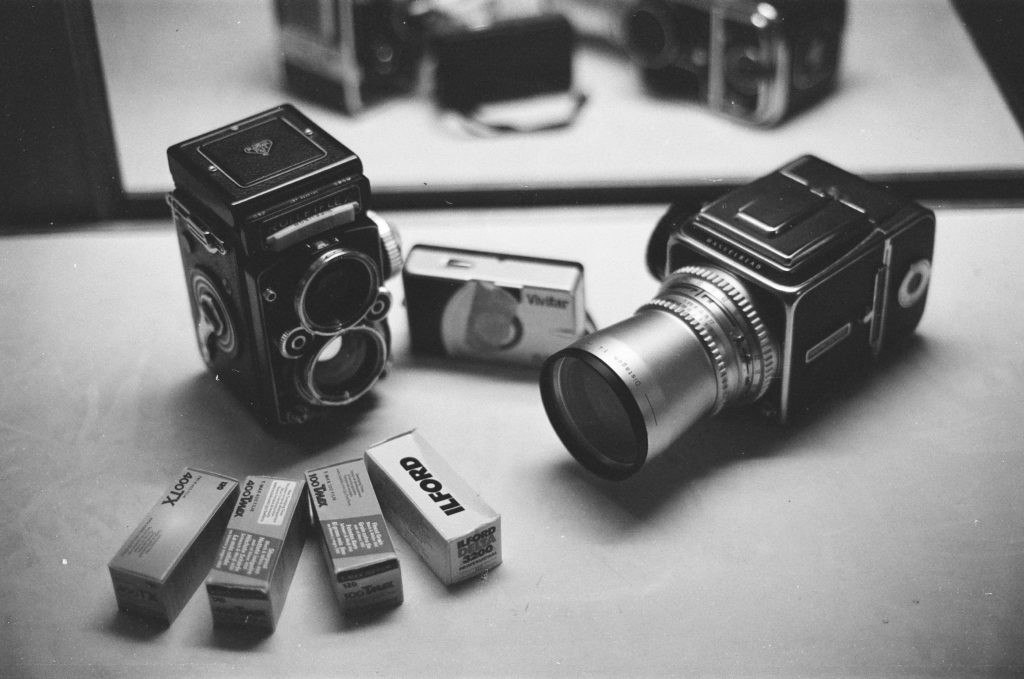
Big Bang or Damp Squib?
Google “photography film revival”. You will see thousands of articles dating back a decade all exposing the upcoming return of celluloid. Heck, we have even written a few here on Light Stalking. If all these article were to be believed, photographers would be flocking back to film. The film manufacturers were re-tooling production lines and film was the new digital. These were the perfect conditions for the film revival!
The problem was the assumption that many digital photographers, those who have never used film or were not even old enough to remember film, would embrace film wholeheartedly.
The truth is that whilst many did try it, most did not want to do it full-time. Many returned to digital and some kept shooting film as a once or twice a year treat. Film based photography did not and probably will not make a return to the mainstream. So why is that?
Expectations vs Reality
If you have shot with any digital camera made in the last decade, the results were most likely outstanding. The resolution, dynamic range and clarity of digital images have far surpassed what can be achieved with 35mm film.
Photographers from an all-digital background that decide to try film are likely to be sorely disappointed. If digital photography has a steep learning curve, film photography is a sheer cliff face.
Photographic film, especially transparency film, has very little exposure latitude. Even negative film will not play well with under or overexposure. Couple that with the more limited exposure meters in older cameras and there is a good chance that you will not nail the exposure.
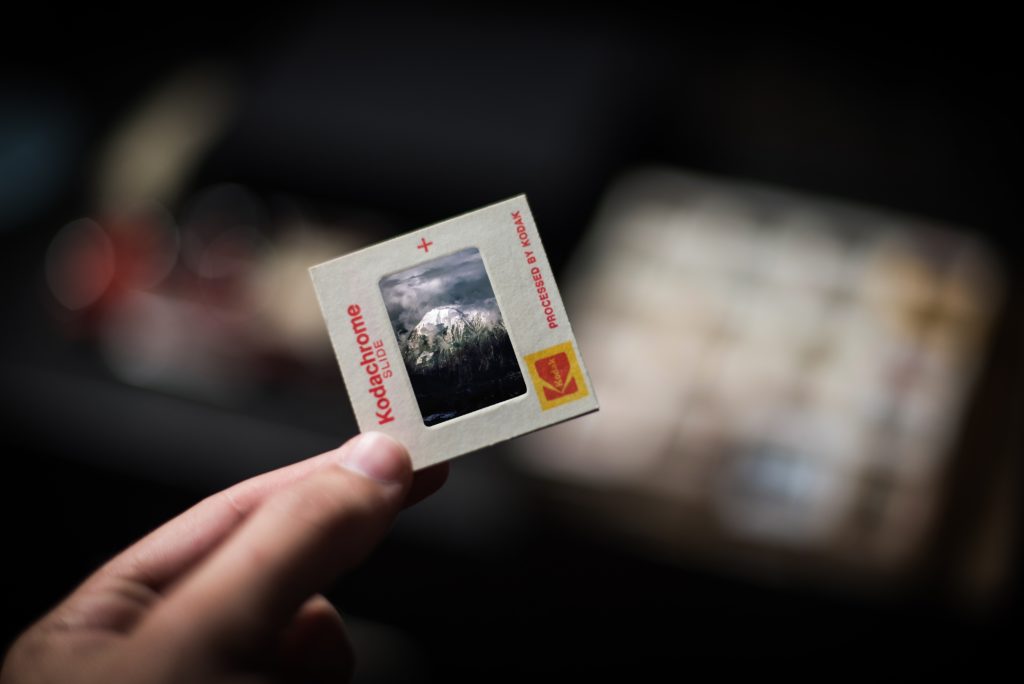
Of course, another factor is that you will not know you didn't nail the exposure for up to a week. Perhaps even longer.
If you were shooting color, there is only a small chance that you could process the films yourself. Unless you live in a major city, you will probably not be able to walk into a local camera store and get your negatives or transparencies processed in an hour. That wait can have a sobering effect on your enthusiasm. Even more sobering when you get the results back and realize that only 2-3 of the 36 shots are keepers.
Buying and Developing Film Yourself
If you decided to go “all in” when it comes to film photography, just buying a camera wouldn't be enough. You would have to purchase darkroom equipment, darkroom chemicals and of course photographic paper. In fact, you might even need two cameras to enable you to change ISO easily.
Sourcing the equipment for a darkroom is not tricky, there is plenty of it available on eBay. However, finding the right darkroom equipment for your own needs could be problematic. While the simple accessories like trays and drums are still made, there are very few new enlargers available, so you would have to buy secondhand. Because of this, finding spare parts such as enlarger bulbs and lenses can be challenging.
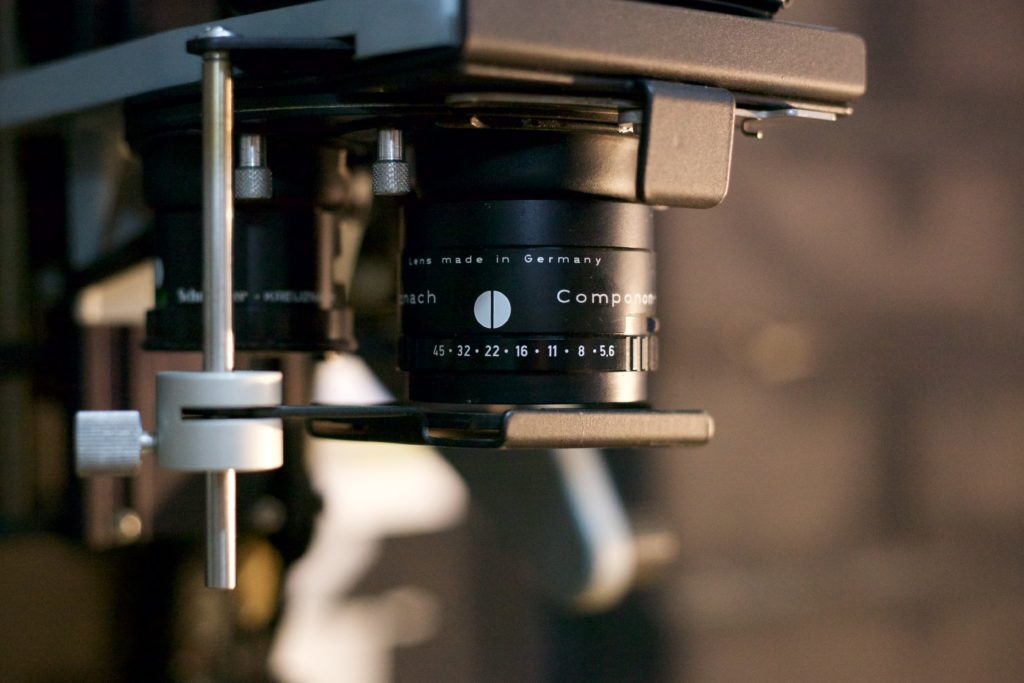
Finally, a film based darkroom takes a lot of space. You need two distinct areas, wet and dry, and of course you need a perfect blackout. Very few people have the possibility to turn an entire room into film processing space and because of this darkrooms tend to be Heath Robinson “pop up” affairs. Again, this can be a sobering proposition for anyone seriously interested in the film revival.
What Now?
Assuming you have had your films developed, what do you do with them now? The obvious answer is print them! However, according to a recent survey by Ilford, many photographers prefer to digitize their analog images and share them online.
Anyone who has ever digitized a film strip using a scanner knows what a tedious and unrewarding process this can be. You can often scan up to just four shots at a time, each one taking a significant chunk of time. You have to fight dust and hairs on your film but they keep showing up once you have completed the scan despite the rigorous cleaning regime and sterile environment.
After having spent a significant amount of time learning about analog cameras, film and darkroom equipment, and then shooting pictures and scanning them, you end up with a digital image that is of lower quality than the one taken with your smart phone! There is little wonder that the film revival is being somewhat overstated.
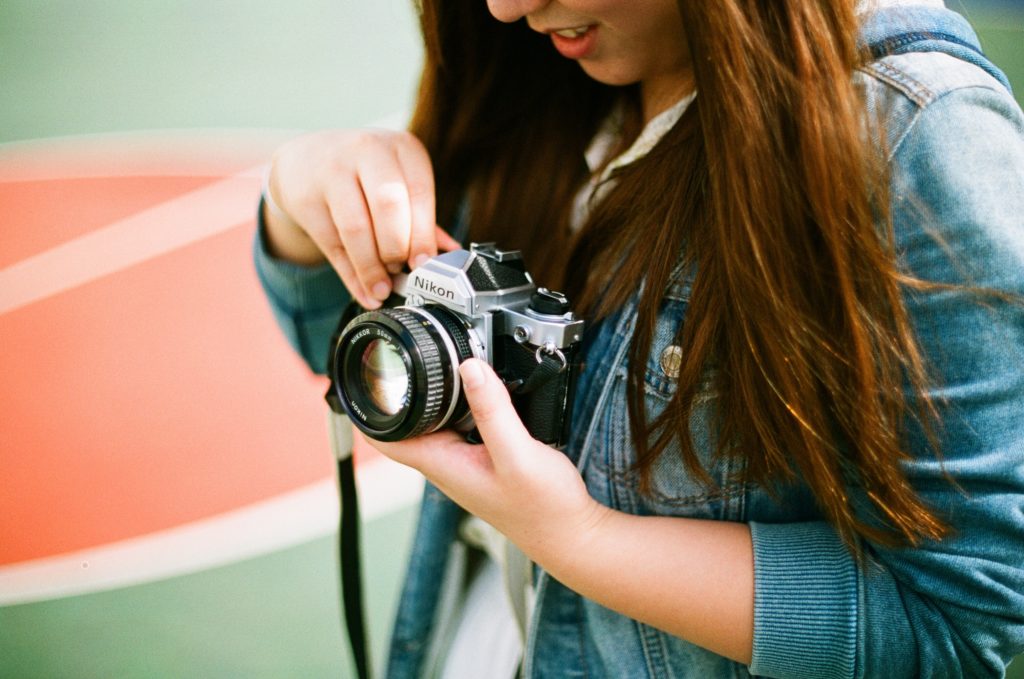
The point of this article is not to deter people from shooting film but to expose them to the harsh realities of what going analog involves. It’s very easy to get sucked into the belief that the film revival is a major and growing movement when in reality it’s not. It’s a niche and is likely to remain a niche. However, shooting film can be incredibly rewarding if you are prepared to learn it properly and manage your expectations.
To learn more about the film revival and analog photography, check out the links below.

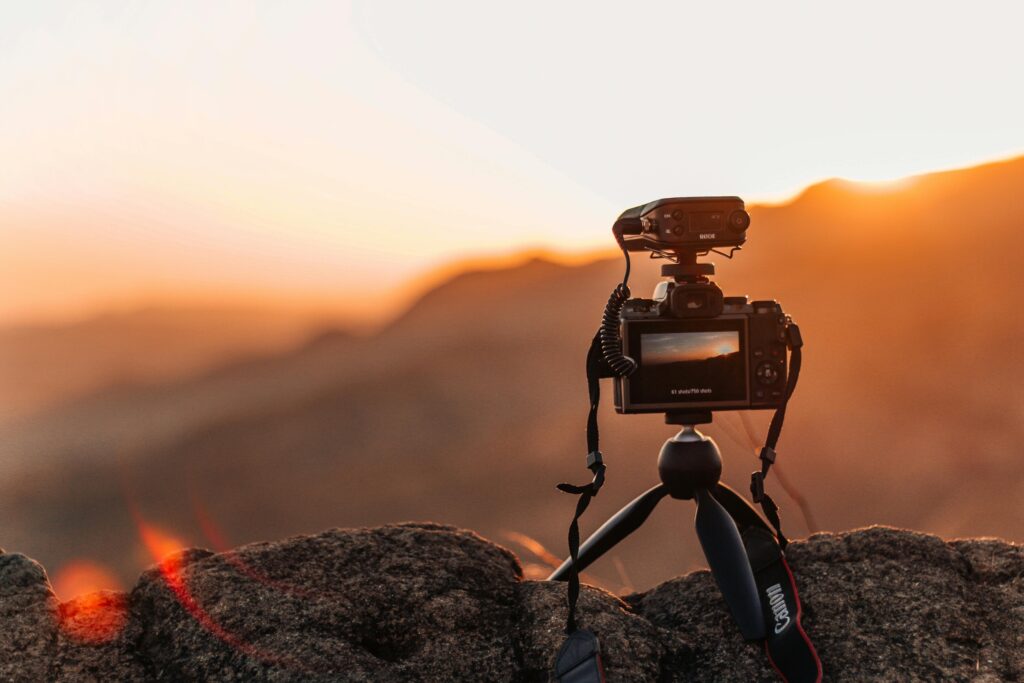
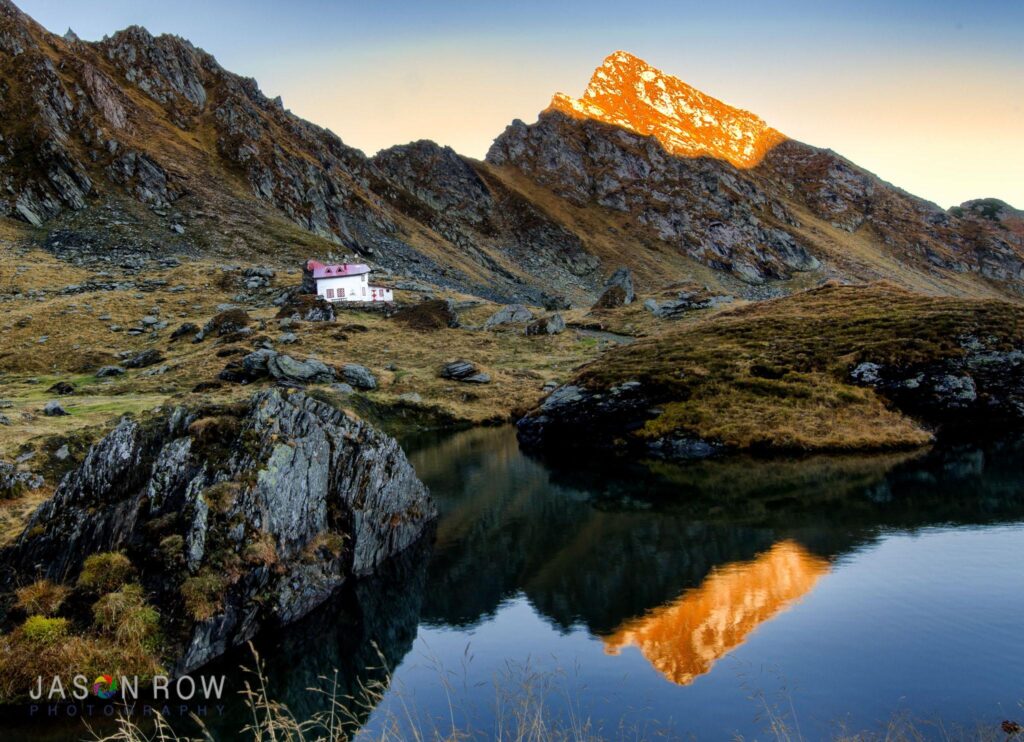
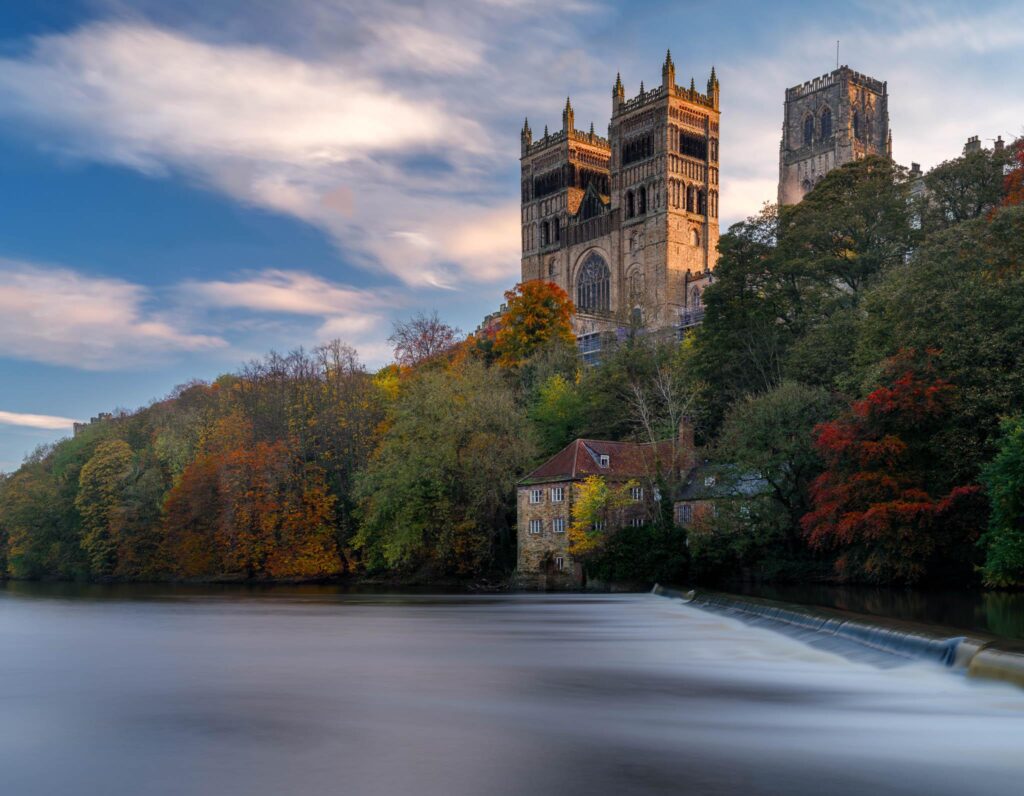

8 Comments
I truly enjoyed working with film again after taking photography courses at the local community college, which has a fantastic darkroom. I was able to continue to shoot b/w C-41 and take it to Costco to have negs made for $1.00 a roll. Then I digitzied them at home. easy. Now that every store in my area has phased out the C-41 machines, I am left with only doing alternative process, i.e. cyanotypes and the like.
Lesson is, utilize your adult education programs, they are amazing resources!
Jason, thanks for writing this, but I have some constructive criticism for you. While I don’t think there’s anything fundamentally wrong with this article, I think you miss the point of a film revival.
I don’t think anyone in the last decade or so has thought that film would ever made a resurgent comeback and that people would move from digital back to film, all in. The appeal of film is to slow down and enjoy classic cameras like the original Nikon F or a Barnack Leica and the processes of making photographs of the past.
You suggest that the return of vinyl records was a success that photographic film hasn’t yet been able to match. Yet, in an article on rollingstone.com from Sept 6, 2019, author Elias Leight says:
“Despite vinyl’s growth, streaming still dominates the music industry — records accounted for just 4 percent of total revenues in the first half of 2019. In contrast, paid subscriptions to streaming services generated 62 percent of industry revenues.”
4 percent of an industry is hardly a resurgent comeback. I don’t have comparable numbers for photographic film sales, but I hardly think it’s not much off from that same number.
In your last paragraph you say, “The point of this article is not to deter people from shooting film but to expose them to the harsh realities of what going analog involves. ”
But that’s exactly what you’re doing. Many of the harsh realities you mention are not at all necessary to try analog film again. Going back to analog does not require setting up a dedicated dark room, it does not require buying an enlarger or learning how to develop your own color film. In terms of quality, you only mention 35mm, completely ignoring medium format, which comes pretty dang close to the quality of modern digital cameras and is still part of “going analog”.
You can certainly go “all in” if you want, but I think you do your readers a disservice by stating these “harsh realities” as if they are requirements to go back to analog.
You can very easily shoot film today and use one of many excellent online labs to get your images not only developed, but sent back to you in digital format that can be shared online or printed just in the same way that photos shot digitally can.
Yeah, its a slower process, and the pixel peeping quality of a 35mm scan isn’t nearly as good as one from an iPhone 11, but once again, that’s not the point.
There are many people who absolutely have no interest in trying film again (or for the first time), and for those people, nothing you or I say will make any difference, but for those on the fence, I encourage you to stop making it seem like going analog is an all or nothing proposition. I doubt film will ever amount to more than 4% of the industry, simply because for more than 96% of people, digital works fine for them. But when more sites like yours promote harsh realities that aren’t even necessary, film will never come back.
You have nailed precisely why a person should shoot film. It is unforgiving. It forces you to learn proper composition and exposure. No manipulation later. I shoot digital the way I shot film. Nail it on the sensor.
Hey Mike. Best buy got rid of Cds and Dvds because Vinyl records outsold them so maybe the Vinyl resurgence is more then the 4 percent you mentioned. I am strictly a film shooter and all the digi heads break my chops on why I shoot film and ask why I shoot film. So to all the digital shooters who ask that or make fun of us film shooters. I want to ask you this. Do you say to a traditional painter . “why do you use real paints, brushes and a canvas when you can make digital paintings on the computer?” Do you say to a musician? “Why do you still plug your instruments and Microphones into an amp when you can go wireless (digital) . So if you do not ask these questions then please stop asking us those questions or start asking the questions I mentioned when it comes to art and digital technology to the above mentioned artists.
Of course shooting film is a bit more tediuous than digital. It’s the point.. going back to the root of photograpy. 🙂 and yeah a paterson tank and you can so your b/w development home. But you still need to scan them 🙂
It’s a lot easier than you seem to indicate.. or just pay to develop snd scan the film… just like the old days of yore !! 🙂
Jason, mate, it is so easy to miss the point of film photography after 35 years of shooting. In my case, much more many years than that. My son in law, who never shot film brought the point of shooting film to my realisation. Talking about resolution, “amount of information” etc. in film, he asked a question? But I thought that film resolution is infinitely continuous? Well, it is analog and it is true for some applications. Digital will not do it for a long time – if ever. Film is subtle and refined for certain applications. That is the reason to shoot it – because it is different in result and not in the way it is processed. Cheers. Arthur.
This isnt really true of most modern film shooters “If you decided to go “all in” when it comes to film photography, just buying a camera wouldn’t be enough. You would have to purchase darkroom equipment, darkroom chemicals and of course photographic paper”
It’s a $40 investment to start developing your own film. The process can be done entirely in the light of day with a dark bag and patterson tank. Those who process their own film usually digitize it with a DSLR (irony? Maybe) or flatbed scanner ($250). Those that decide to go full enlarger BW printing seem to be the folks you are talking about, but the stigma that home developing is hard is largely blown out of proportion. If you can follow a cooking recipe, you can develop film (now, scanning color film with good color balance, that’s a little harder).
OK Here is my take on the digital/analog situation. I used slr film cameras such as Pentax k1000 and me super cameras years ago in the 70s and 80s. I am not a rich person by any means so buying film and having it processed could get expensive if you shot a lot. So my film at times found a spot in my fridge and stayed there to be forgotten. The film I did get processed would sometimes take a week or more to return and as someone mentioned only a few of those images would be keepers. It costs $10/roll at Walmart and no negatives. $10/roll at Walgreen w/negatives and one hour drive to the store. but still a week or more to return. That has been 5 or more years ago now so I am not sure how much that has changed. So that is a picture of how I see film photography. I have taken to digital very nicely. First I bought a Nikon D3100 then a Nikon D3300. Thee were both very nice as far as digital photography is concerned but they were entry level and to buy more than the kit lenses is expensive. Enter Mirrorless!!! I started reading about Mirrorless cameras ad how they could use just about all the old slr film lenses. I purchased a Sony A6000 and started reading reviews on old lenses which led to buying them. I would say the old lenses are a large part of what made film great and when you attach those to mirrorless cameras they become really nice. and you can find them a lot cheaper than digital lenses with very good quality if not better than the digital ones. I find some of the images created with this setup, the mirrorless camera and old vintage lenses, amazing!!! I for one will not go back to film. The amount of photos I take and can instantly look at and assess has paid for my cameras completely if you consider the time factor, price of film and price of processing film not to mention the savings from the price of vintage lenses! Back during the film era the companies like Nikon and Canon to name a couple kept their cameras and lenses at high prices and kept me from having the opportunity to get more involved with photography. I guess you can make what you want of that but I didn’t like being left out because I couldn’t afford the equipment! So IMHO film may not be dead and that’s ok but I think Long live digital until the next innovation comes along!